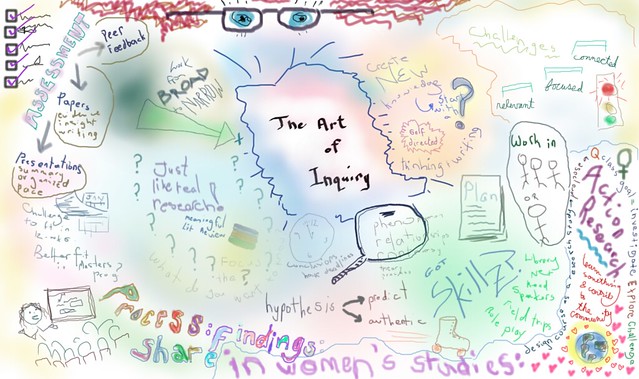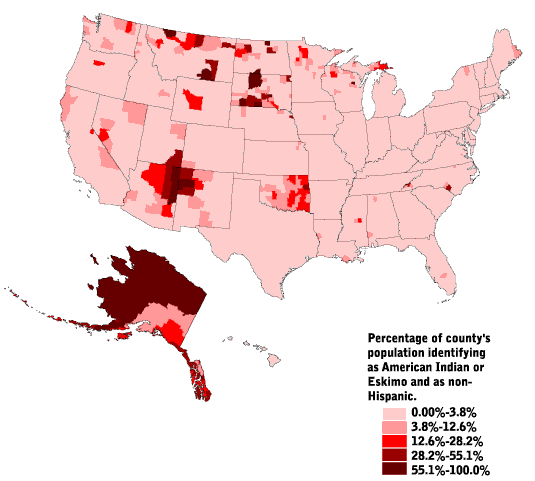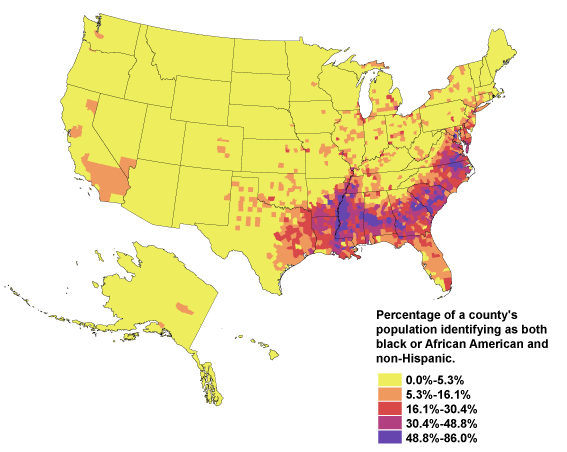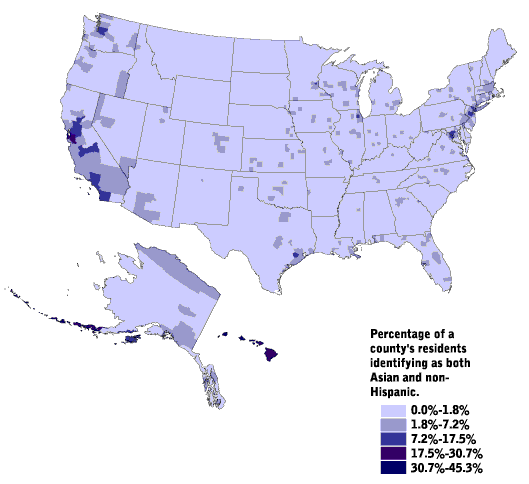“If they can get you asking the wrong questions, they don’t have to worry about answers.”
― Thomas Pynchon, Gravity’s Rainbow
I called a store today to ask for a thing. It quickly became clear that this was the wrong store for the thing I was looking for. Usually, this would be the end of the conversation. It turned out not to be in this case.
“Well, what kind are you looking for?” the salesman on the other end of the line asked.
I explained in greater detail the doodad I was looking for, which, remember, we’d already established his store DID NOT HAVE.
“Hold on,” he said, “Let me take a look online.”
I waited a moment while he followed up on some leads. “Okay, here’s where you need to look,” he told me and then sent me on to a site with which he and his store were wholly unaffiliated with.
I thanked him for his time and attention to detail. Before we ended the conversation he told me to call back if those leads proved fruitless and he’d see what else he could do.
You, as I did, are probably flashing back to Macy’s and Gimbel’s. I want to take it a step further, because it’s been jangling around in my head as an important point to remember as we lead classrooms and professional learning.
The questions we’re there to answer may not be the questions those with whom we are working show up excited to ask.
It happened all the time for me as a student (at all levels). The teacher would introduce a topic of study and my brain would immediately begin generating questions sometimes ancillary, sometimes tertiary related to the topic. I would raise my hand, ask my question, and be greeted with a reply that told me I asked an interesting question, but that wasn’t the business of the day.
Eventually, I learned how to play school a little better. When a subject was introduced, I stifled the questions brewing from my own perspective and started to try to ask the question I thought the teacher or professor wanted me to ask. Sometimes, I knew the answers, but I’d learned that wasn’t so important to the teaching the teacher was there to do.
What the man on the phone reminded me today, and the lesson I hope to take with me the next time I work with a group, is that I’m there to help whomever I’m working with find answers to the questions that walk into the room. If we do that in our classrooms and staff meetings, then the other folks in the room – the ones walking in with the questions – might see our time together as that much more valuable.







